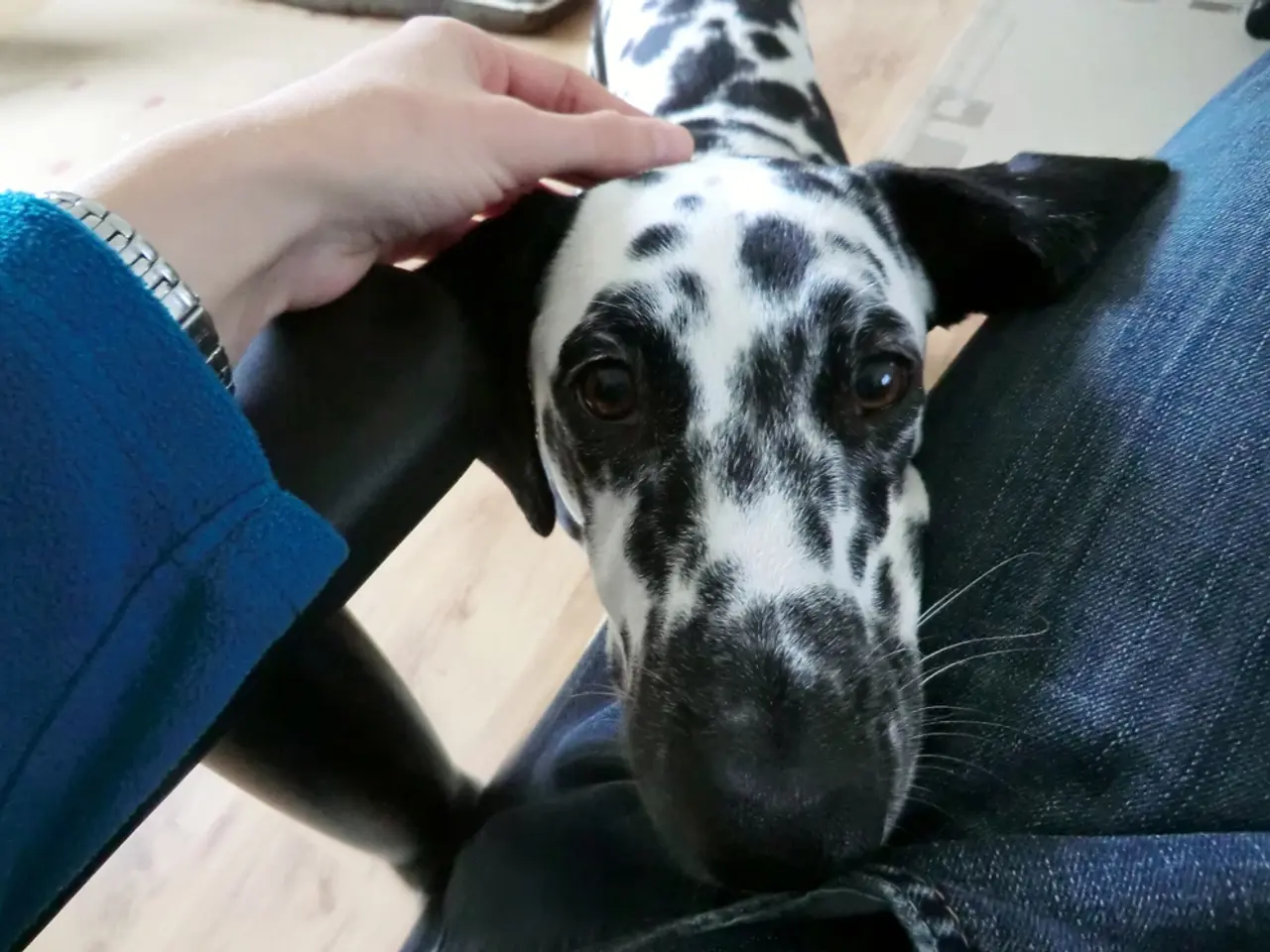EnhancingCanine Recall: A Comprehensive Guide for Training a Dependable Recall in Dogs
In the world of dog training, one skill that most dog parents strive for is a reliable recall. A dog that comes back to its owner promptly and without hesitation is not just a sign of obedience, but also a testament to a strong bond between pet and owner. Here are some expert-approved tips and tricks to help you achieve a reliable recall in your dog.
Starting off in a controlled, low-distraction environment is crucial. Begin training indoors or in a fenced yard where your dog feels comfortable and distractions are minimal. Use a unique recall word or command, such as "come" or "here", with a happy, excited tone. Reward immediately with high-value treats or markers (like clicker sounds) to reinforce the behaviour positively.
Breaking the recall into small, manageable steps is another key strategy. Teach your dog to come when called over short distances first. Train your dog to associate returning to you with positive emotional experiences (play, treats, verbal praise). Gradually increase the difficulty by extending distance and duration.
Using reward-based motivation and markers is essential. Employ high-value treats and marker training to precisely communicate the correct behaviour. Trainers often recommend marker signals (e.g., clicks) paired with treats to build clear communication.
Gradually introducing distractions is also vital. After your dog reliably responds in a sterile environment, slowly add distractions in controlled settings. Progressively challenge your dog with more complex environments while maintaining motivation and rewards. If your dog struggles under distraction, reduce distraction and rebuild confidence at a simpler level.
The goal is a dog that comes immediately and reliably without hesitation, regardless of distractions or environment. This typically requires consistent repetition, varied settings, and proofing over time—not skipping any foundational steps.
Considering individual dog temperaments and needs is also important. Some dogs may need different reward types or levels of correction in challenging scenarios. Balanced reward-based training may incorporate corrections appropriately to change behaviour, but such measures should be temperate and based on the dog’s specific temperament—never abusive.
Combining recall training with other skills helps form a comprehensive communication system. Integrating recall with leash walking and other obedience skills is beneficial. Regular practice in real-world contexts is critical for transfer of the behaviour outside training sessions.
In summary, start simple and positive, build gradually with motivation and small steps, proof the recall with distractions, and adapt training to your dog’s temperament and learning pace. Patience and consistency are essential for achieving a reliable, expert-approved recall.
- To ensure a reliable recall in your pet dog, commence training in a controlled, low-distraction environment like indoor spaces or fenced yards where your dog feels at ease.
- Use a distinct recall word, such as 'come' or 'here', spoken with a cheerful and excited tone to prompt your dog.
- Reinforce the behavior by offering high-value treats or marker sounds (like clicks) as soon as your dog responds to the command.
- Break down the recall into manageable steps, initially teaching your dog to come when called over short distances, and gradually increasing the difficulty over time.
- Progressively introduce distractions in controlled settings once your dog can reliably respond in a simple environment, allowing them to handle more complex surroundings.
- Adapt the training routine to suit your dog's temperament and learning pace, taking their individual needs into account while combining recall training with other essential skills like leash walking and obedience.




